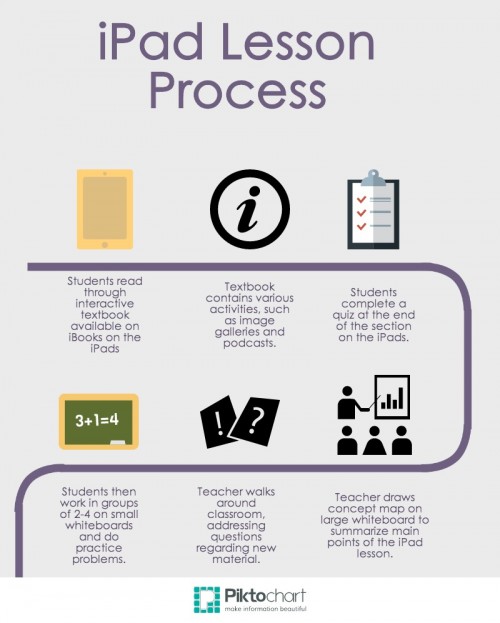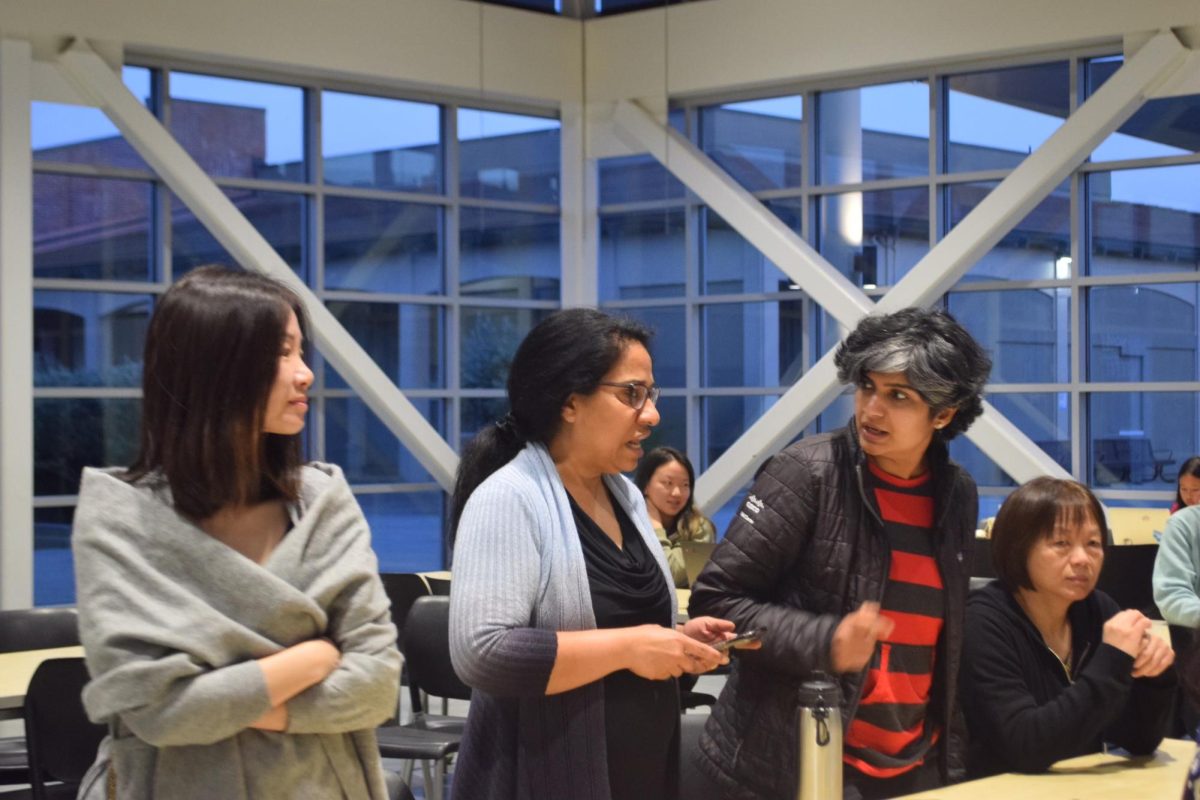Story by Sanjana Murthy and Neha Patchipala.
AP Chemistry teacher Kavita Gupta has recently started to digitalize her lectures using iPads. The class is already heavily based online, with students being able to view powerpoint lectures, videos and practice quizzes at home. In addition to her Schoolloop website, Gupta has created a separate personal website where she posts resources to aid students in their studying.
While the website allows students to watch lectures online so they can spend more time in class on practice problems, Gupta began using the iPads in addition to the website to provide a more engaging learning experience for the students.
This process has made it easier for junior Carrie Bullard to understand concepts. Bullard rarely uses her chemistry textbook at home since all of the materials she needs are found online. She believes that the iPads enhance the benefit of having resources and other materials online.
“We have all the information right here, a couple swipes to the left,” Bullard said. “It’s better than trying to to sift through your notes.”
Bullard said that handwritten notes would not be as effective in helping her clearly understand the material and likes the ease with which the iPads allow her to access information about several different concepts all in one place.

For junior Nupoor Gandhi, the iPads provide a way to stay focused and she doesn’t find herself losing interest in the lectures easily. Gandhi believes that incorporating technology into the curriculum is a nice change of pace.
“The content is the same, but the medium is different and that makes it more interesting and much easier for me to focus in class,” Gandhi said.
According to Gupta, the iPads provide a more engaging, personalized experience that other ways of teaching fall short in providing. Students will no longer have to struggle to keep up with the class because they will now be able to access materials at home and review as much as they need to in order to fully comprehend the material. Gupta believes that with the evenly-spaced checkpoints and quizzes that are at the end of sections on the iPads, students can receive immediate feedback regarding what they know and what they may need to improve on.

“It’s interactive and it also self paces the learning,” Gupta said. “Not all students learn at the same pace, so it allows them to move at their own speed and go back to concepts that they don’t understand.”
To supplement the iPad lesson, Gupta provides her students with the opportunity to take what they have learned and apply it using practice problems. Students uses small white boards in addition to the iPads to complete these problems and balance out the heavy influence of technology. The whiteboards also allow her to view exactly how well her students have understood the material and indicate what she may need to focus on more in the next lesson.
“It personalizes the classroom because in a class of almost forty students, I can’t reach everyone,” Gupta said. “With the whiteboards, I can quickly see who hasn’t understand the lesson and address their misconceptions right there.”
The most important thing for Gupta is that her students learn the material. Those who are unable to grasp the concept at first now have a way to address their misconceptions using feedback from the iPads and can then proceed to focus on gaining a better understanding.















